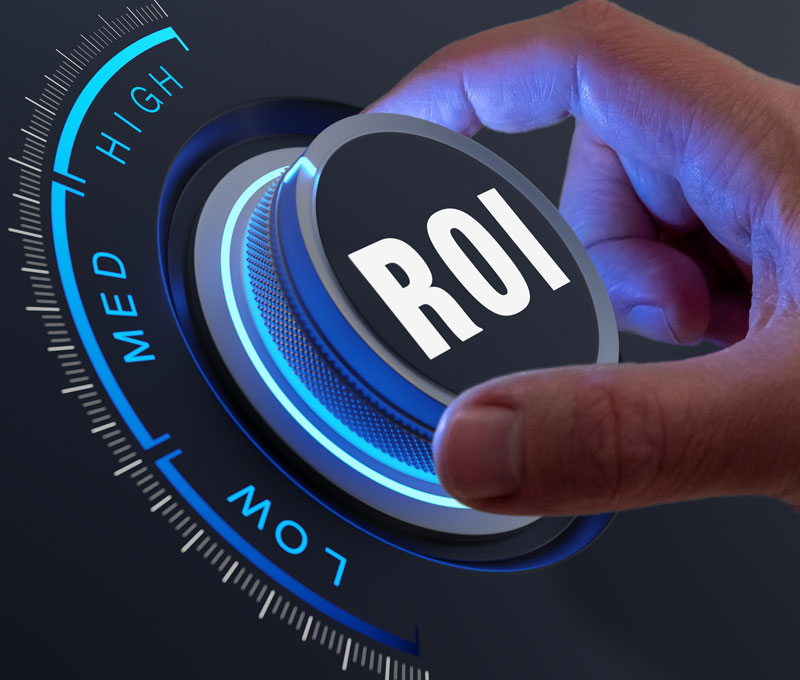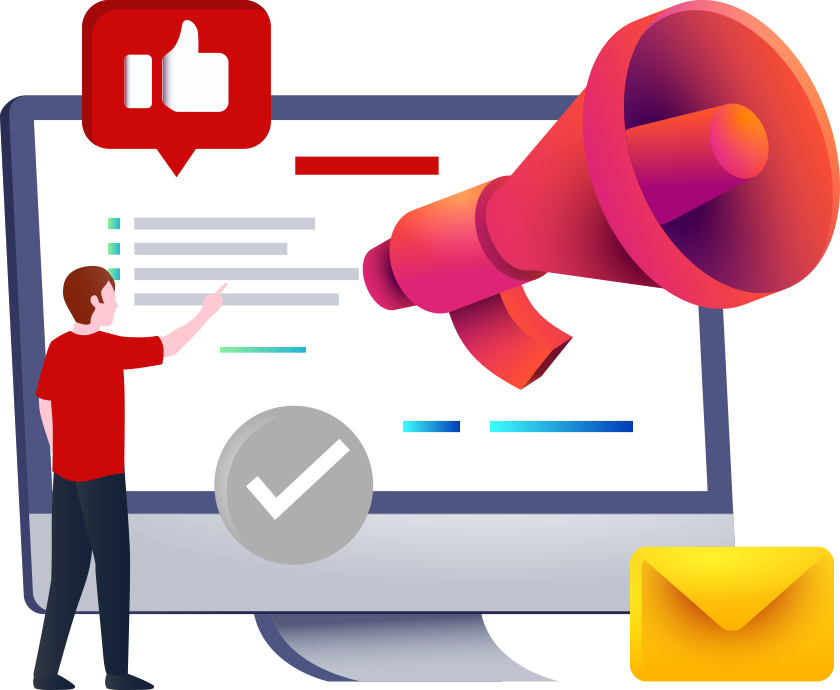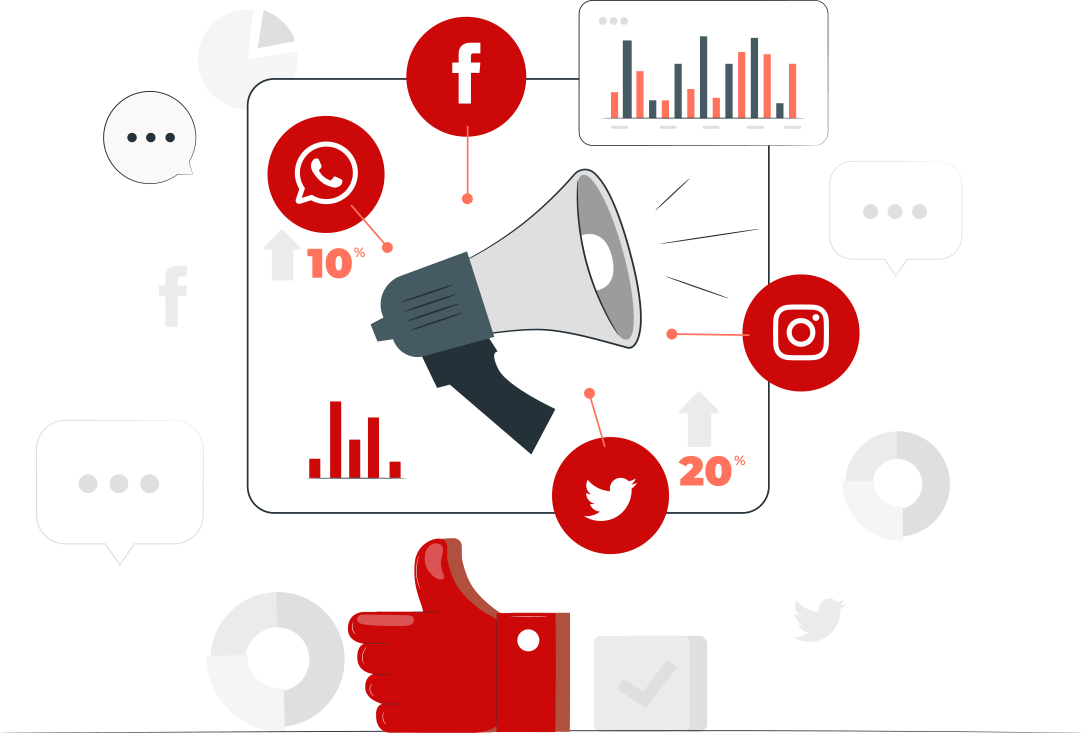

A content strategy can be highly effective at delivering an excellent return-on-investment (ROI), but only if the content is executed properly.
What does content ROI look like? For almost all of our clients, it means new revenue, either from installed base/existing customers or from prospects who convert into new customers.
Content accomplishes this by convincing your prospects that your team is extremely knowledgeable in the topic area and is decidedly insightful. In this instance, insightful means that your team sees trends, patterns and pattern deviations that your rivals miss. That encourages them to contact you and then your team does the rest.






